You will need:
- A CD that you don’t mind being wrecked
- A pop-top bottle lid (sports drinks & various juice companies sell bottles with these lids)
- A balloon
- A hot glue gun and adult supervision
- A4 paper or mat that you can do craft on
- Safety glasses
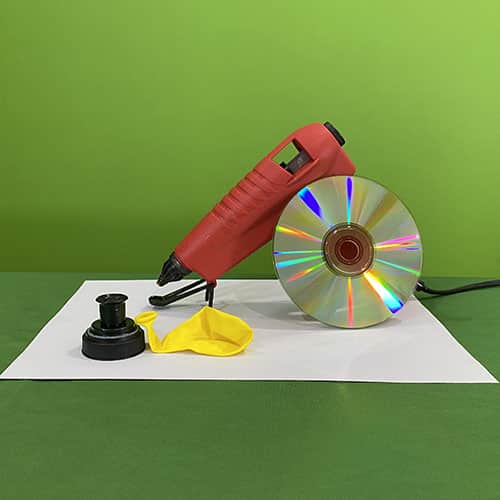
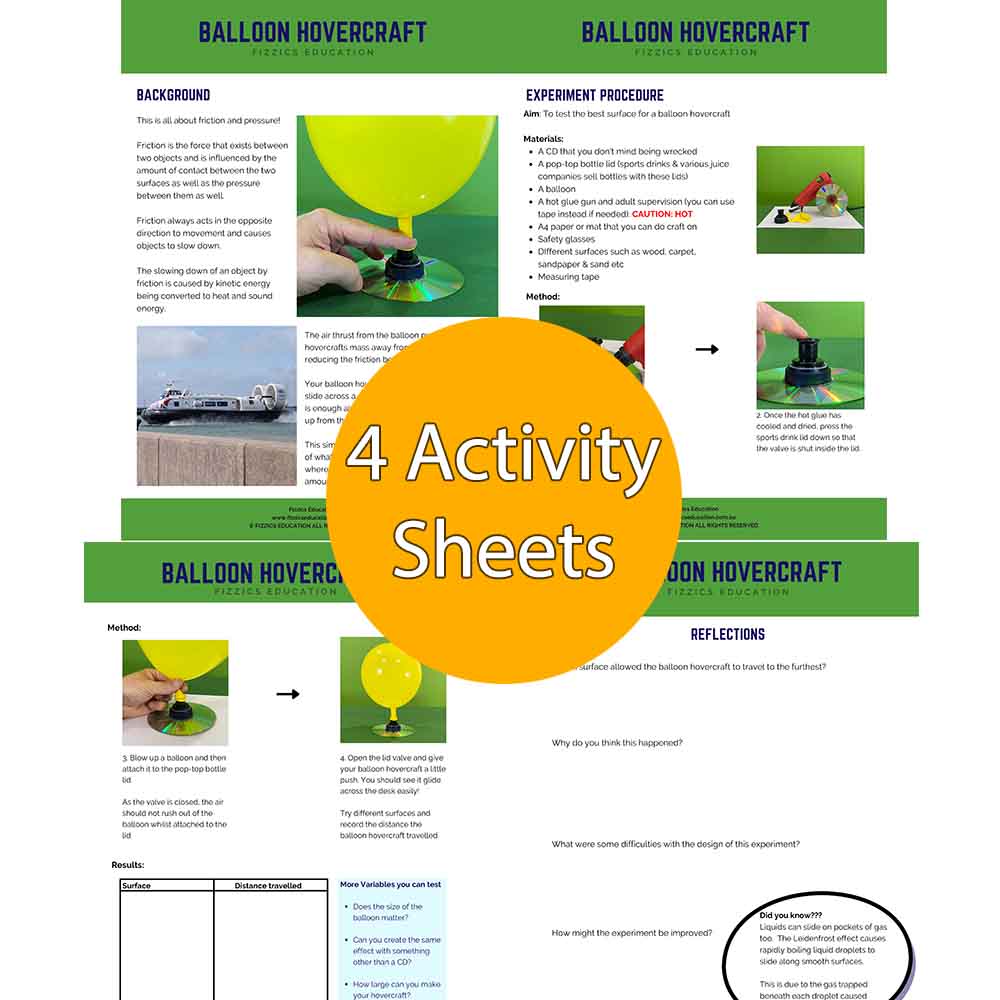
Go further – buy 4 x student activity sheets as extension worksheets.
This student science booklet has been created by experienced science educators from the Fizzics Education team.
Use these student worksheets as blackline masters for your science class!
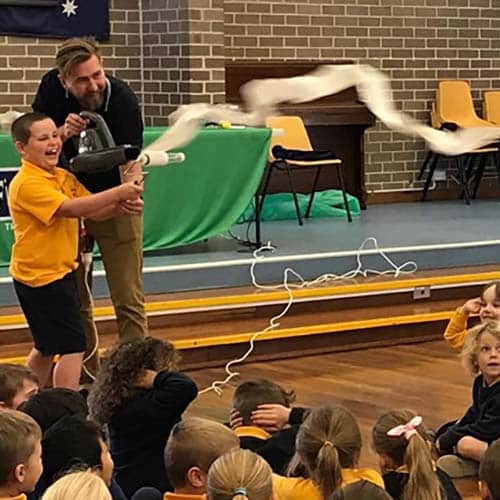
School science visits since 2004!
– Curriculum-linked & award-winning incursions.
– Over 40 primary & high school programs to choose from.
– Designed by experienced educators.
– Over 2 million students reached.
– Face to face incursions & online programs available.
– Early learning centre visits too!
What is going on?
You reduced friction!
Friction is the force that exists between two objects and is influenced by the amount of contact between the two surfaces as well as the pressure between them as well. Friction always acts in the opposite direction to movement and causes objects to slow down.
The air thrust from the balloon pushes the hovercrafts mass away from the table, thereby reducing the friction between the CD and the table. Your balloon hovercraft continues to be able to slide across a desk or smooth floor as long as there is enough air pressure in the balloon to hold the CD up from the surface. This simple experiment is just a miniature version of water occurs with commercial hovercrafts whereby industrial fans introduce tremendous amounts of force to hold up the hovercraft.
Road safety application
Contact with the ground is essential for tyres to be safe, allowing you to control your vehicle. The tread of your tyre is designed to disperse water whilst keeping your tyre in constant contact with the road. The greater the contact, the great the frictional forces. You can lose control of your vehicle if lose contact, and therefore friction, with the road. This often occurs when a car aquaplanes, whereby water is forced under the wheels which reduces tyre contact to the road and reduces your ability to steer or brake your vehicle.
Variables to test
- Does the size of the balloon matter?
- What happens when you make the surface rougher?
- Can you create the same effect with something other than a CD?
- How large can you make it?
Hovercraft being used during a Fizzics science show!
Going further
Liquids can slide on pockets of gas too. During our liquid nitrogen show, we demonstrate the Leidenfrost effect which in a way emulates hovercrafts… however in this case we show rapidly boiling liquid nitrogen droplets sliding along a smooth surface due to the gas trapped beneath each droplet caused during the rapid boiling. This can be quite a spectacular effect!
Forces, Friction & Movement
Years K to 6
Maximum 30 students
School workshop
60 or 90 minutes
Online Class Available
Big Science Big Fun Show
K to 6
For large audiences
School science show
60 minutes
Liquid Nitrogen Show
Years K to 6
Maximum 60 students
Science show
45 minutes
Online Class Available
STEM Full Day Accelerator - Primary
Designed from real classroom experiences, this modular day helps you create consistently effective science learning that directly address the new curriculum with easily accessible and cost-effective materials.

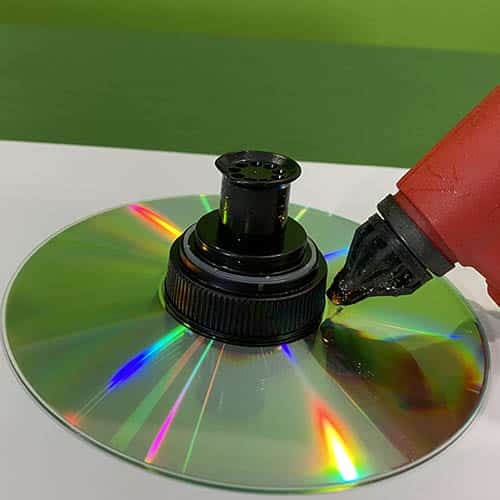
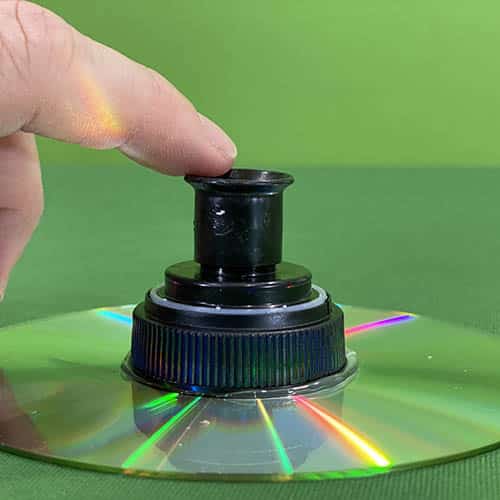
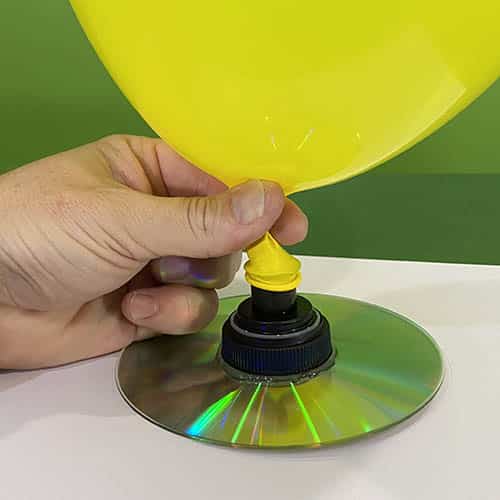

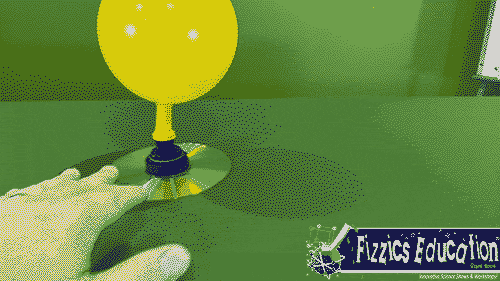

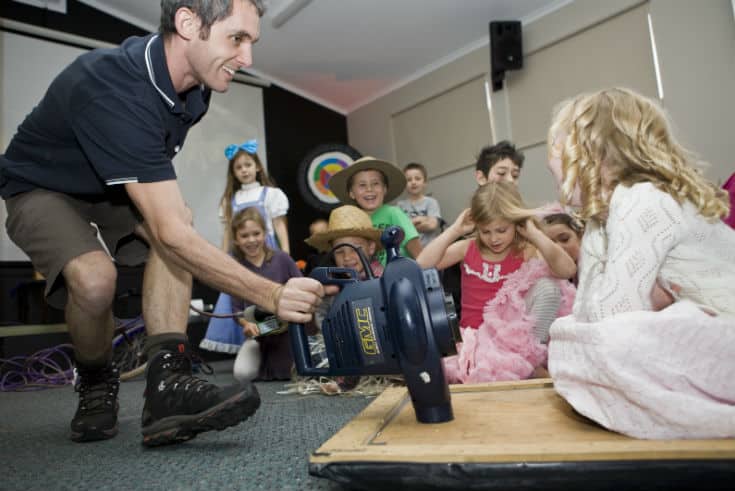























Comments